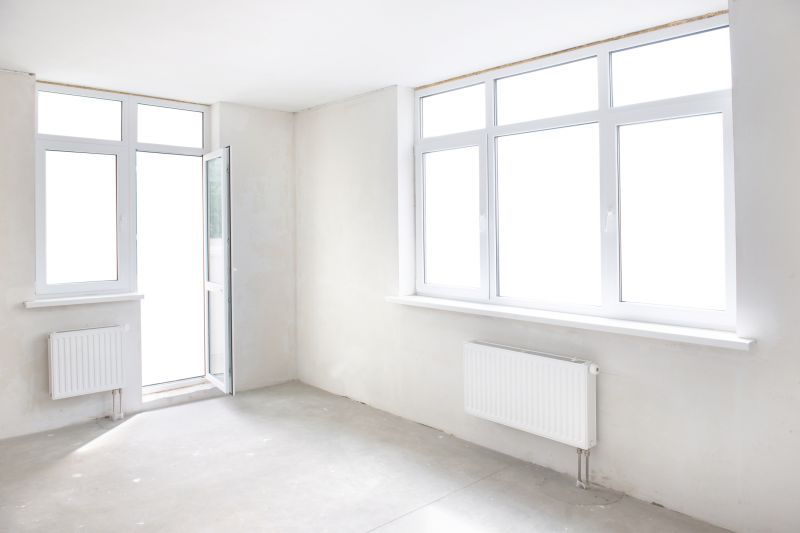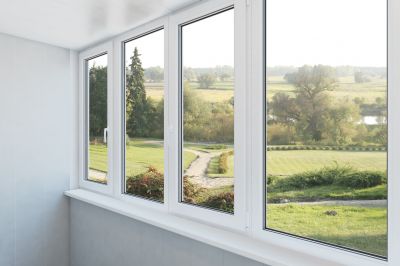Optimal Timing for Windows Installations
Windows installations are most effective when performed during periods of minimal system activity. Choosing optimal timing can minimize disruptions and ensure a smoother setup process. Factors such as workload cycles, hardware availability, and seasonal scheduling influence the ideal window for installation.
Spring and fall are generally preferred for Windows installations due to moderate temperatures and stable environmental conditions, reducing potential hardware issues.
Weekends or off-peak weekdays are ideal to avoid interruptions with daily business operations or high network traffic.
Perform installations when hardware is in good condition and software backups are current to prevent data loss and minimize downtime.
Align installation times with scheduled maintenance periods to ensure technical support availability and resource allocation.

Preparation of server environments during low activity hours ensures minimal disruptions.

Hardware checks and updates are best scheduled during planned downtime.

Network configurations should be aligned with off-peak hours for better performance.

Ways to make Windows Installations work in tight or awkward layouts.

Popular materials for Windows Installations and why they hold up over time.

Simple add-ons that improve Windows Installations without blowing the budget.

High-end options that actually feel worth it for Windows Installations.

Finishes and colors that play nicely with Windows Installations.
| Timing Consideration | Best Practice |
|---|---|
| Season | Spring or fall for moderate conditions |
| Day of the week | Weekends or off-peak weekdays |
| System status | Ensure hardware is maintained and backups are current |
| Support availability | Coordinate with scheduled maintenance windows |
| Environmental factors | Avoid extreme temperatures and humidity |
Windows installations play a crucial role in maintaining system performance and security. Proper timing ensures minimal disruption to daily operations and maximizes efficiency. Advanced planning and coordination with IT schedules can lead to smoother upgrades and updates, reducing downtime and potential data loss.

Step-by-step setup during optimal times enhances reliability.

Verify system stability after installation during low-traffic periods.

Perform backups prior to installation during scheduled windows.

Ensure hardware readiness before scheduled installation times.

Little measurements that prevent headaches on Windows Installations day.

A 60-second routine that keeps Windows Installations looking new.

A frequent mistake in Windows Installations and how to dodge it.

Small tweaks to make Windows Installations safer and easier to use.
Scheduling Windows installations during optimal periods reduces operational disruptions and enhances system stability.
Coordinate with IT teams and schedule during low-traffic times for best results.
Ensure technical support is available during planned installation windows.
Keep backups and verify hardware compatibility before scheduling installations.
Understanding the optimal timing for Windows installations can improve system performance and reduce operational impact. Proper planning and coordination with scheduled maintenance windows are essential for successful upgrades and updates.

Scheduling during low-demand periods minimizes network and hardware disruptions.

Ensure all hardware and software are compatible before installation.

Inform users about scheduled installation times to prepare for potential downtime.

Lower-waste or water-saving choices for Windows Installations.

The short, realistic tool list for quality Windows Installations.

Rough timing from prep to clean-up for Windows Installations.

Quick checks and paperwork to keep after Windows Installations.

Examples that show the impact a good Windows Installations can make.
Interested in scheduling Windows installations at the most suitable time? Filling out the contact form can facilitate planning and coordination to ensure minimal disruption and optimal system performance.






